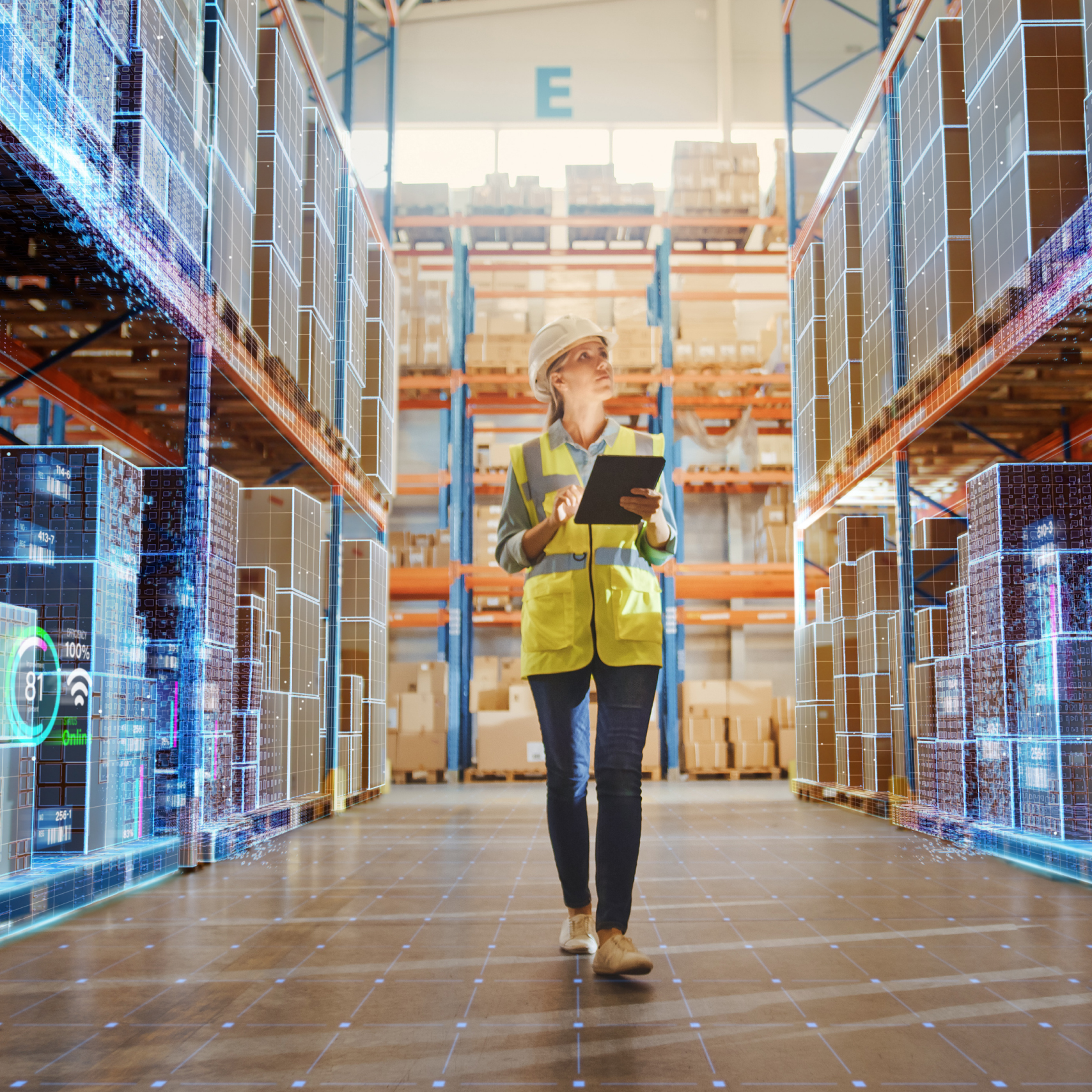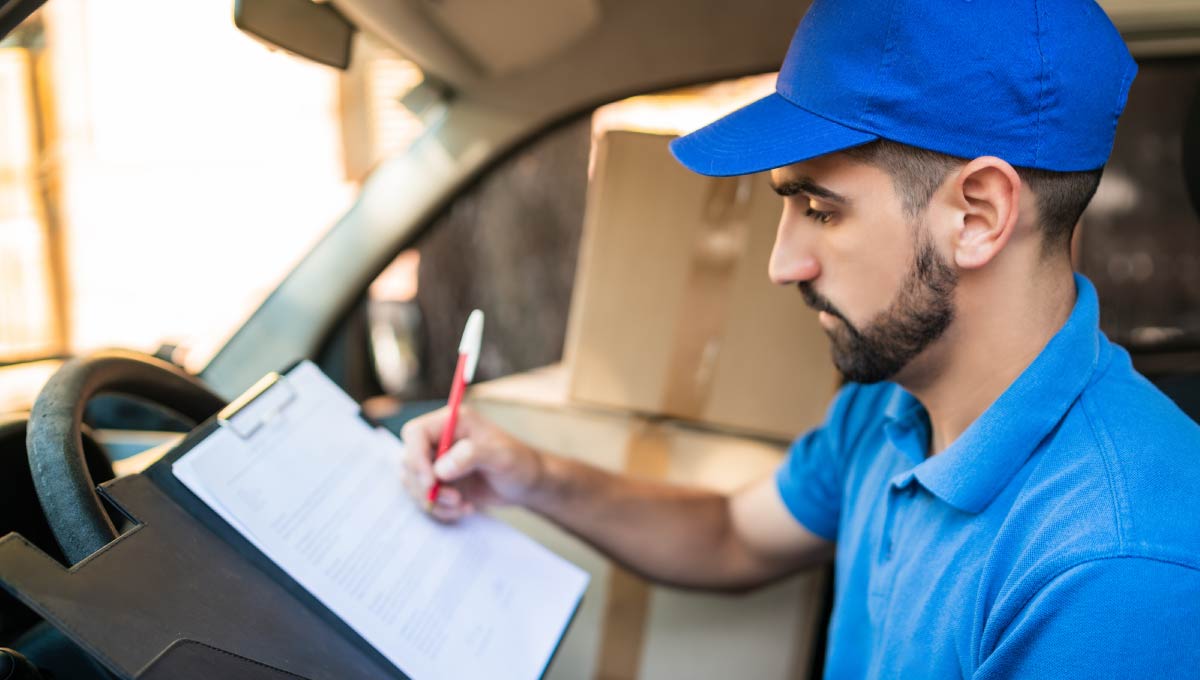2022 is playing a new game with a different set of rules. In this quick 2-minute read, we extract and examine what’s emerging for the rest of 2022 in eCommerce. What must retailers embrace and expect?

Sales Channels
Desktop vs Mobile Shopping
The share of sales via mobile is estimated to have gone up to 57.6% [1], up from 53.9% in 2021. The demand for mCommerce is only expected to rise and overtake desktop shopping as the dominating shopping channel for digital shoppers. Nothing surprising there, but are retailers making e-shopping mobile friendly for customers so it’s a smooth.
Offline vs Online Shopping
The massive jump from 24.2% online shoppers in 2019 to 29.8% in 2020 [1] is a benchmark, but despite high street shopping being back, shoppers seem to continue enjoying the convenience of online shopping with 33.5% [1] online shoppers so far, which is expecting a bigger push as we inch towards 2023.
As businesses continue to increasingly rely on online sales, it’s important for retailers to strategise towards an omnichannel strategy covering all touch points and aligning all channels to create a consistent and stand-out experience. ensure every part of the shopping journey from product exploration to checkout, on to delivery and returns is seamless and a positive journey for the customer.
Raking the Revenue
The countries bringing in the big ‘moolah’ are well dispersed across the globe from the US to Japan. Good news is despite the on-going crisis, UK stands at number 4 among the top eCommerce revenue-generating countries only after China, USA, and Japan.
| Top 5 (2022) in billion USD (US$) | |
|---|---|
| 1. China | 1,412.00 |
| 2. United States | 986.10 |
| 3. Japan | 215.10 |
| 4. United Kingdom | 199.90 |
| 5. Germany | 141.20 |

Big Growth in Southeast Asia
eCommerce across Southeast Asia is projected to pass the $100 billion mark by 2023, a big leap from $37.22 billion in 2019 [2] and probably the largest globally. The countries particularly earmarked for big growth in this region are Philippines and Indonesia, with the latter’s eCommerce adoption growth rate counted among the largest globally. Watch out world!


Personalised Experience
While personalised ads on Facebook are sometimes eerie, personalisation is welcome when it comes to online shopping experience. According to polls [3], 35% of people say they would be shopping online more if they could virtually try on a product before buying it, and 22% would be less likely to visit a brick-and-mortar store if AR (augmented reality) was available on the eCommerce platform. This also means more scope to offer personalised product recommendations and tailored options at checkout, which could impact revenue positively. A study shows that retailers building even basic personalisation capabilities achieved a revenue lift of 10% or more.
Innovation
As eCommerce businesses continue looking for solution, it’s a given that an out-of-the-box approach is needed right from backend to frontend. Increased capabilities around digital experiences, unique features, API-driven functionality to streamline order fulfilment and delivery — and everything it takes to future-proof operations.


Sustainability on Everyone’s Mind
Consumers and businesses alike are taking sustainability more seriously. While buyers are looking for sustainable options in their choice of delivery and with eco-packaging, businesses are looking at different operational dimensions where a more eco-conscious approach can be implemented to reduce environmental impact.
See what this carbon-neutral company did to introduce sustainable delivery and work towards their green goals.
Reference
1 https://www.statista.com/outlook/dmo/ecommerce/united-kingdom#sales-channels
2 https://uk.sports.yahoo.com/news/trajectory-growth-e-commerce-southeast-164355336.html
3 https://www.bigcommerce.co.uk/articles/ecommerce/ecommerce-trends/











